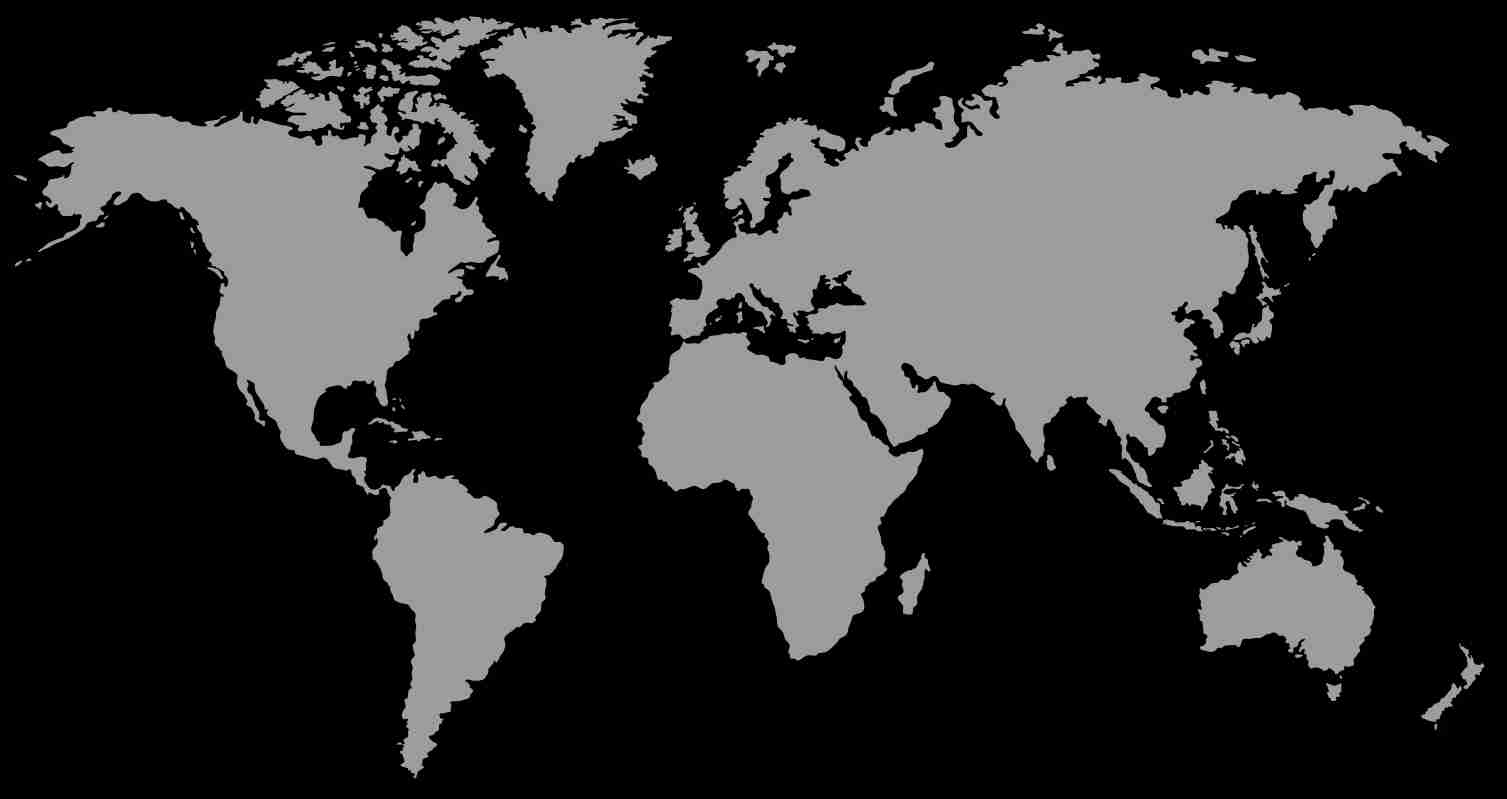
Why visit the Kids Saving the Rainforest Project in Costa Rica?
BlogHeading to the sanctuary
As soon as I heard about this place I knew I had to go and check it out for myself. Located about 30 minutes’ drive from Manuel Antonio, in the middle of a huge plantation, this sanctuary offers refuge and rehabilitation for many animals who have been injured or confiscated (it is illegal to own an exotic animal as a pet in Costa Rica).
The sanctuary has full-time veterinary staff, a biologist and volunteers, alongside the permanent staff managing the centre. Only staff who have been here for a few months can lead the tours, making sure visitors get the most comprehensive information and professional experience.
Our tour was led by an American volunteer who had been at the sanctuary for 5 months – armed with a mass of information about the background of each animal, and the work being done to rehabilitate them back into the wild, we got a great insight into the day-to-day work, as well as their long-term aims for the animals here.


Small groups
There were only four of us on our tour, another tactic employed by the sanctuary to minimise disruption and exposure to the animals. By restricting the number of visitors per day Kid Saving the Rainforest are demonstrating their commitment to the overarching goal to make sure the animals come first, before tourism. Of course, there has to be a balance as this venue receives no government funding, relying on visitor donations and money made from the tours they offer.
What might you see?
In my visit I saw a colourful Scarlet Macaw, a band of Squirrel monkeys ready for reintroduction into the wild and waiting for a troop to come on through the jungle so they could join them on their way, and a couple of Mantled Howler monkeys, along with many others. We learnt about the sloths in quarantine who had just arrived and were being assessed and had time to sit with the owner’s father to learn about their unique journey.
The staff, owners and volunteers really display a genuine care for the animals and habitats in Costa Rica. Alongside the sanctuary, they have also rolled out initiatives like rope bridges above roads in the area to prevent animals getting knocked down or electrocuted by phone cables.


Why visit?
A lot of people choosing to go to Costa Rica are wildlife lovers, so it makes sense to give something back during your trip and support a small project who are making a big impact on the local habitat. This is a win-win situation, visit a great project and learn about and see some pretty amazing animals, and support a sanctuary in the process. As I said previously, Kids Saving the Rainforest doesn’t receive any government funding so your contribution really does make a massive difference.
Experience it for yourself
Impressed by their work, and with the seal of approval from World Animal Protection who we work closely with, we have now introduced a tour at this sanctuary as part of our ‘Ocean Waves & Jungle Days’ bite-size trip to help support this great project and give people the opportunity to learn about their work – and of course spot some amazing wildlife to boot!

